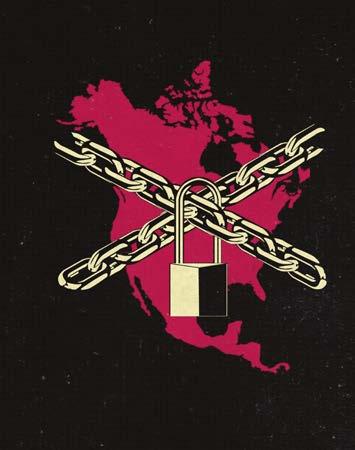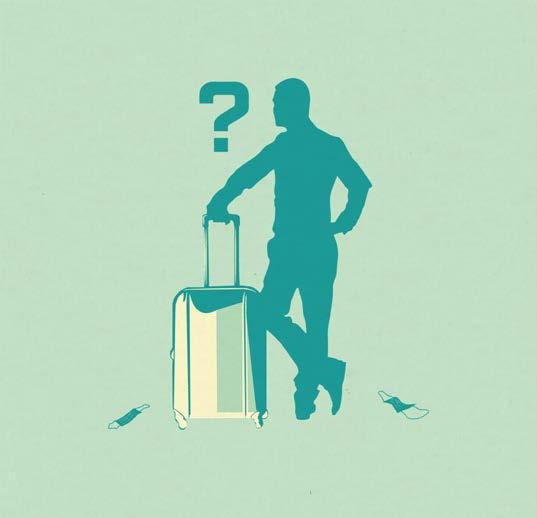
8 minute read
Editorial
International students struck harder by pandemic
Despite contributing to province, international students lack support EDITORIAL
Manitoba has a large population of international students enrolled in post-secondary institutions including the University of Manitoba, University of Winnipeg and Red River College. In 2018, Manitoba was home to 18,725 students from more than 100 countries. According to the most recent statistics released by the government of Manitoba, these students contributed more than $400 million to the provincial economy.
Although the pandemic was difficult for all Manitobans, it was extremely devastating for international students who were struggling with the academic challenges, health-care concerns and uncertainty. Relying on the province and their post-secondary institution as their main source of support, international students in Manitoba, including myself, have expressed their frustration and disappointment with the lack of support received throughout the pandemic.
Financial challenges
Many international students rely on the limited hours they are permitted to work in Canada and the pandemic made matters even more complicated for them. Immigration, Refugees and Citizenship Canada restricts the number of hours international students are eligible to work to a maximum of 20 hours per week. The lack of employment in the province made it difficult for those with restricted hours to be able to find a job since employers would rather hire people with more flexibility. These restrictions created a huge financial burden for those struggling to get through university away from their home.
Although the Canadian government did provide financial support programs for employees who lost their employment as a result of the pandemic, international students did not meet the criteria. To be eligible for the Canada Emergency Response Benefit, individuals had to have earned an income of at least $5,000 in 2019 or in the 12 months prior to the date of their application. Meeting this criteria was extremely difficult for international students who were only able to work 20 hours per week. Further, some international students arrived in Canada just before lockdowns and were not able to find employment or apply to any government program to help them financially.
The province of Manitoba did not announce any program to support international students despite their contributions to the economy.
Health care
In the fall of 2018, the government of Manitoba decided to discontinue universal health care for international students and made it the responsibility of post-secondary institutions to provide them with insurance plans. In addition to the extra costs added to their tuition fees, discontinuing health-care coverage for international students made things substantially more complicated during COVID-19.
Up until this July, Manitobans were only eligible to receive a vaccination card if they had a Manitoba health card. Unfortunately, this was not the case for international students since the fall of 2018. So, although the alternative health insurance provided basic coverage for international students, it restricted their eligibility for vaccine cards.
Beyond this, international students were expected to travel to Canada two weeks before classes started to quarantine. During this period, they weren’t eligible for insurance, placing unnecessary financial burdens on students and leaving them in a precarious position should they get sick or injured.
Travel restrictions and online learning
Freedom of movement between countries has been a significant burden for international students. Their need to move between Canada and their home countries to see their families and handle unforeseen issues has been a common struggle.
For example, on April 22, 2021 a travel ban on flights coming from India was introduced in Canada. The decision left Indian international students unable to easily travel back and forth from Canada. This uncertainty made the decision to travel extremely difficult for international students. Additionally, in 2020, international students were faced with the precarious decision to leave Canada and be denied re-entry. Many students were isolated from their home and advised that if they didn’t demonstrate a necessity to enter Canada they would have to stay home.
Furthermore, the travel restrictions made it challenging for new students abroad to enroll in post-secondary institution in Canada. The uncertainty stemming from COVID-19 provoked a drop in the enrollment rates in the 2020-21 academic year. The shift to online learning raised various concerns about the quality of education international students received and continue to receive.
Although international students make great contributions to the province on all levels, they have faced significant obstacles during unprecedented times. The conditions could be significantly better if the province provides more support. The government of Manitoba should consider directing more resources toward improving on the conditions of international students in Manitoba to help them through the pandemic with less uncertainty and stress. Although we have been saying “we are all in this together,” this lack of support gives the impression international students are going through the pandemic alone.
graphic / Dallin Chicoine /
staff
words / Basel Abdelaziz /
staff
Canada complicit in humanitarian crisis on U.S. border
Safe Third Country Agreement insulates Canadians while violating human rights
COMMENT
Lucas Edmond, staff Public concern about the abuse of Haitian migrants surfaced last week after images of United States border patrol agents were released. The images displayed white men on horseback chasing and corralling the migrants as though they were cattle. The photographs were horrifically similar to slavery era paintings and served as a suitable visualization of the racism and white supremacy that persists on the continent.
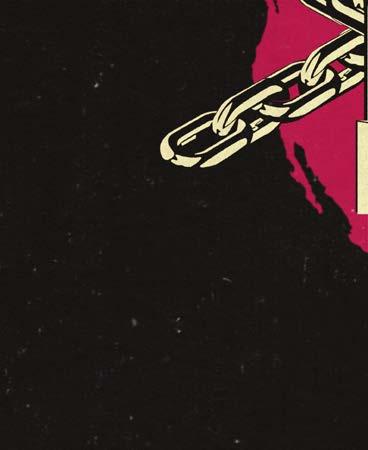
U.S. Department of Homeland Security secretary Alejandro Mayorkas recognized the inhumanity of the spectacle at a news conference. “We know that those images painfully conjured up the worst elements of our nation’s ongoing battle against systemic racism,” he said.
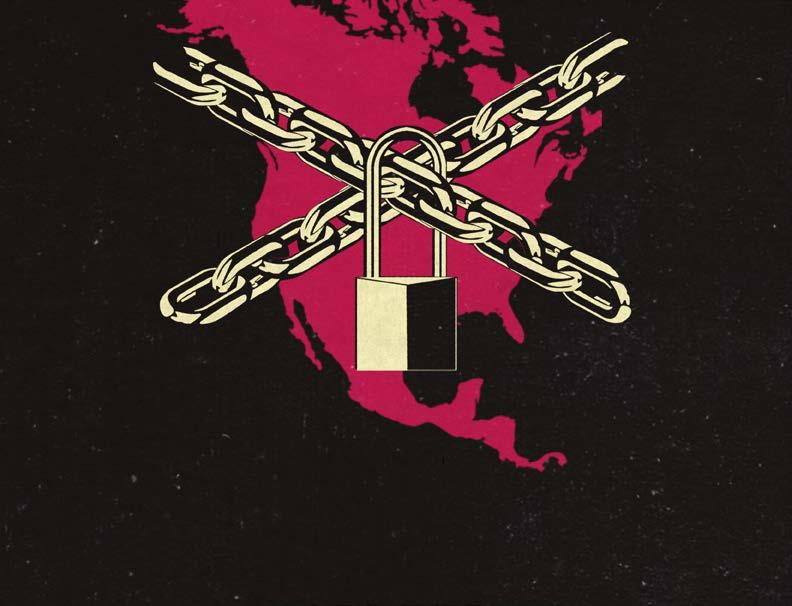
Migrant Haitians appeared on the U.S.-Mexico border fleeing decades of economic turmoil, ecological disasters and the recent assassination of president Jovenel Moïse. So far, approximately 30,000 migrants have appeared at the border, but only a fraction — roughly 12,000 — will be eligible to seek asylum. Reports from last year’s asylum claims indicate only 22 per cent of Haitian cases for asylum were approved, indicating a majority of desperate migrant travellers may be sent home. Thousands have reportedly already been flown back to Haiti under challenged the final decision in the Federal Court of Appeal in April 2021 and overturned the decision.
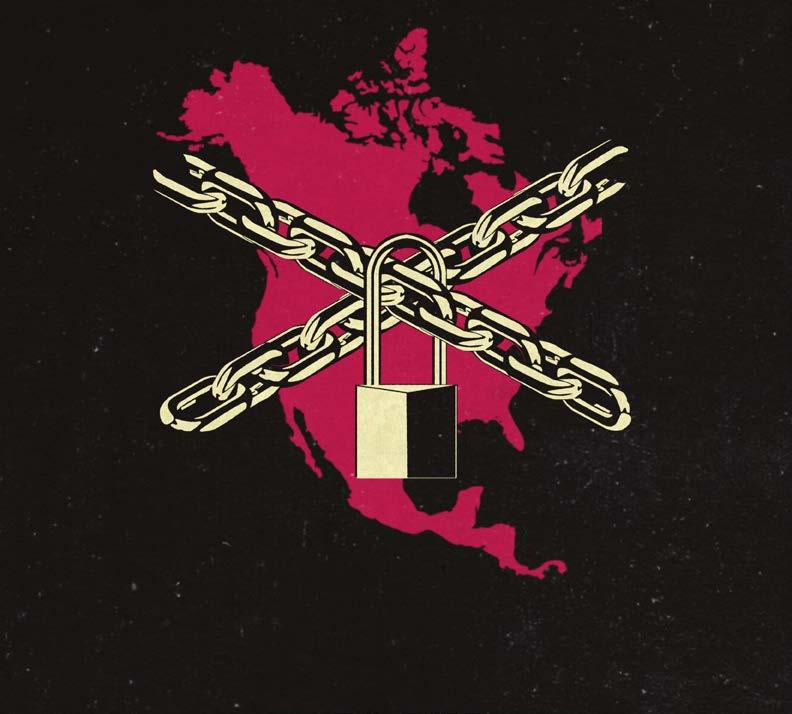
The federal government’s unwillingness to cooperate with the court makes clear Trudeau’s political declarations about Canada’s diversity are nothing more than an empty platitude. Although the image of border patrol agents pushing migrants from desperate shanty towns situated on the edge of the border into deserts is absent in
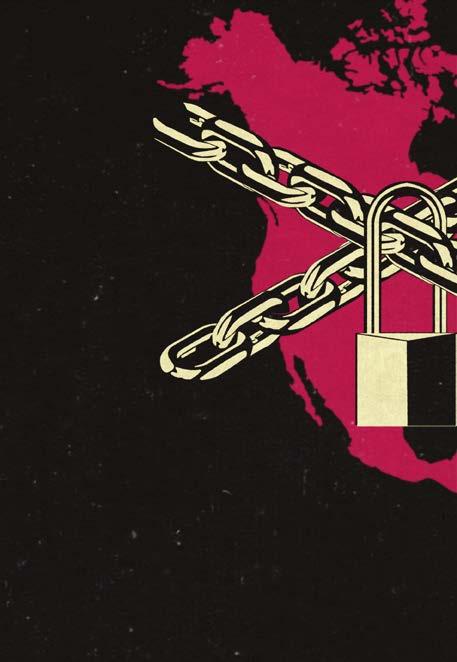
Canadian political imagination, the invisible parapets the government has erected to enclose Canada have a role to play in the humanitarian crisis.
The federal government is complicit with the systemic abuse of refugees seeking asylum in North America. Canada is a nation of silent demagogues and invisible border walls — just because the U.S.’s migration policy is louder and more visible doesn’t mean Canada has more ethical policy tools. To improve the crisis in the south, Canadians must direct their judgement internally.
President Joe Biden’s orders after he used Donald Trump-era legislation as legal justification.
While pundits continue to condemn the U.S.’s poor management of the humanitarian crisis, little attention is being paid to Canada’s role in migration policy. Historically, Canada has had a free ride regarding migration policy criticism. Many Canadians assume the country’s geographic proximity to the U.S. serves as a buffer from the issues in the south. However, Canada has extremely strict migrant policies that influence key decisions as to how many will be eligible for asylum.
In 1988, the Immigration Act of 1976 was amended to include a policy known as the safe third country clause. The clause effectively denied migrants the ability to seek asylum should they enter Canada through a country deemed safe. Following the 9/11 terrorist attacks on the World Trade Center, the U.S. and Canada signed a mutual agreement known as the
Safe T h i r d Country Agreement (STCA) which established this policy on both sides of the border. Considering Canada only shares accessible borders with the U.S., this policy effectively established Canada as a nation virtually impenetrable to migrants seeking asylum from political persecution. In essence, most asylum seekers cannot show up on the border and apply for refugee status — they must be hand-selected from a distance by government bureaucrats. This ultimately saves Canada from the politically charged spectacles the U.S. is currently dealing with and insulates it from criticism.
Canadian citizens tend to see Canada as an immigration-friendly nation. Prime Minister Justin Trudeau often uses the phrase “Diversity is Canada’s strength” in campaigns to promote the welcoming of migrants fleeing various global conflicts. However, discourses on immigration in Canada rarely include criticism of the STCA.
From 2016 to 2020, at least 4,400 asylum seekers entering from the U.S. border have been
rejected by Canadian officials. In 2020, a coalition of civil society groups like Amnesty International, the
Canadian Council for Refugees and the Canadian Council of Churches took on the STCA in court and won.
The Federal Court ruled the STCA is unconstitutional, claiming the policy violated section seven of the Canadian Charter of Rights and Freedoms, which stipulates the government must ensure the “life, liberty and security” of everyone while adhering to the charter’s fundamental principles of justice. The court also concluded the U.S. was no longer deemed a safe country for refugees seeking asylum. However, the federal government graphic / Dallin Chicoine /
staff comment@themanitoban.com
